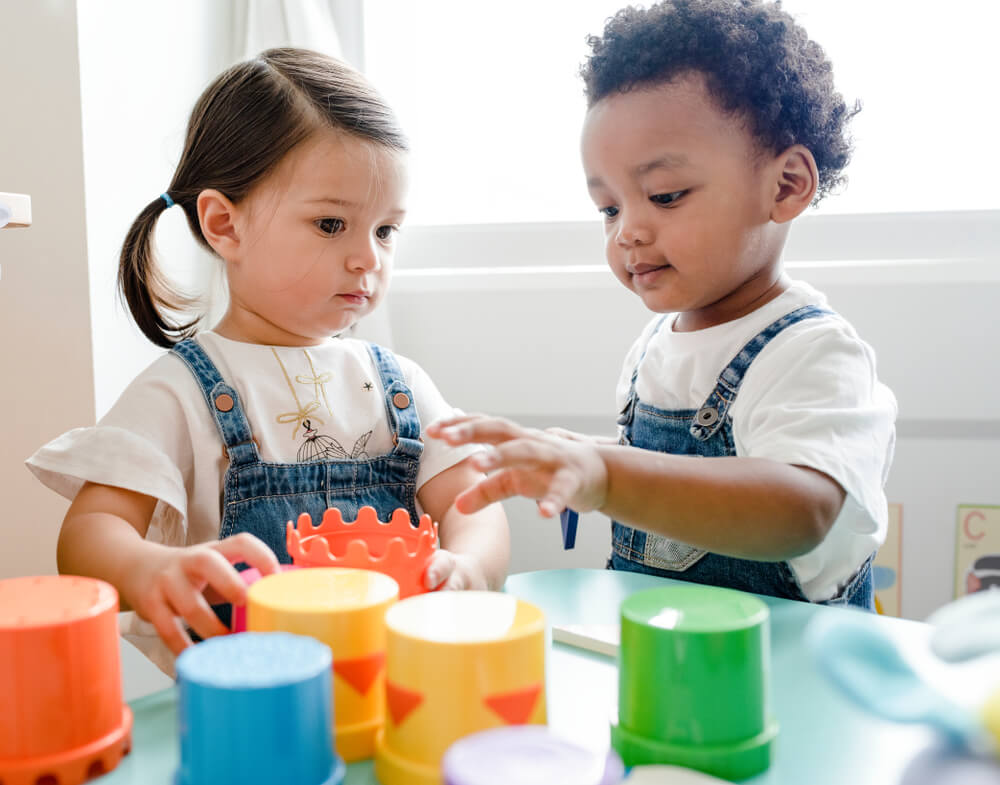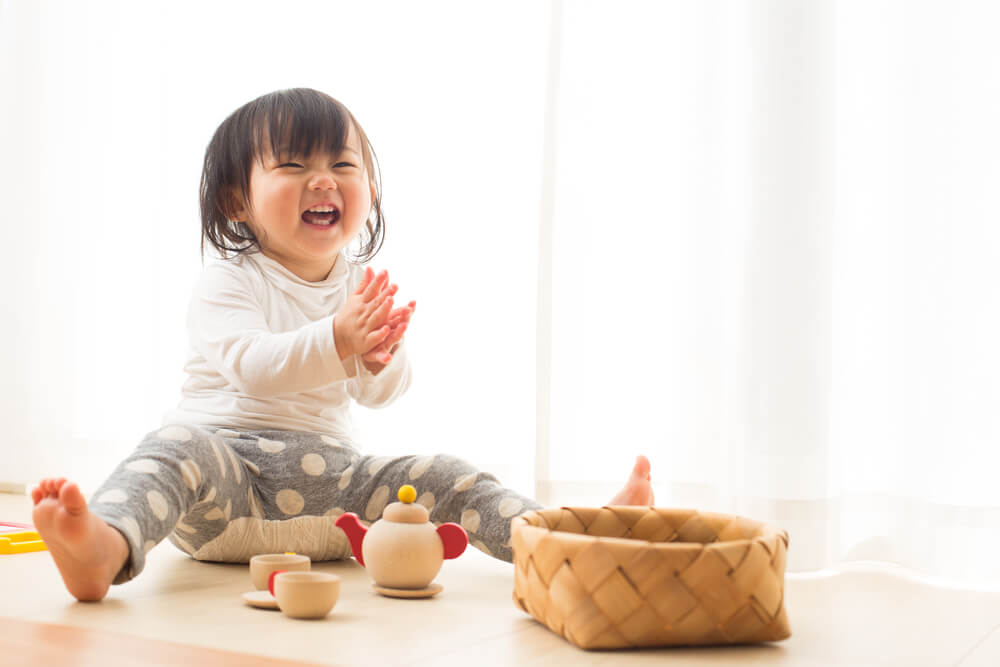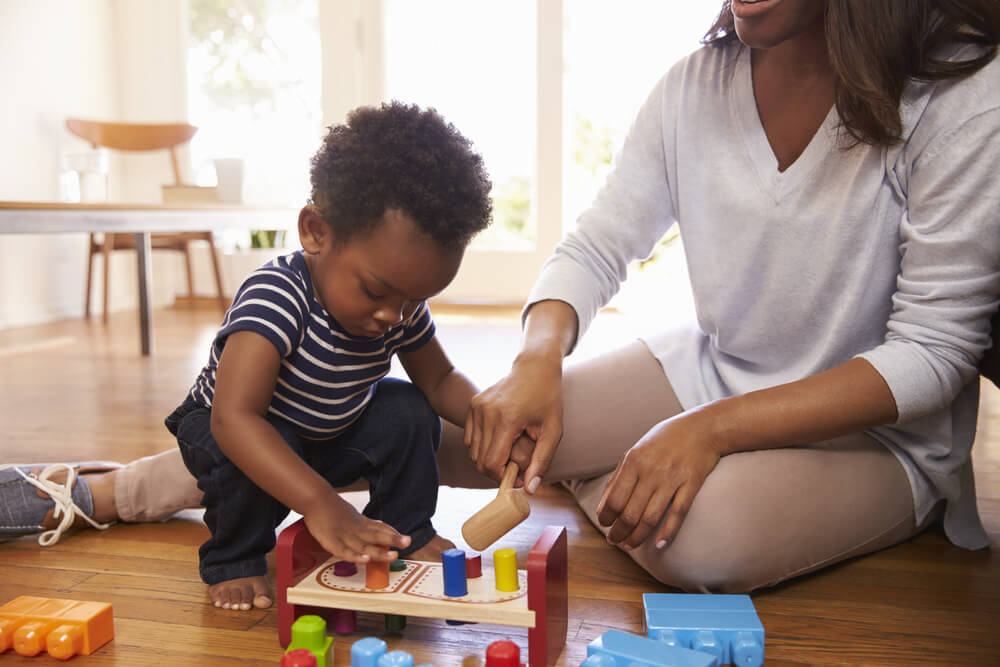Before or even after your bundle of joy’s first birthday, it’s pretty normal to ask yourself, “What should a one-year-old be doing”? Is a slower growth rate normal? How active should they be now as they’ve officially become toddlers? Should they be walking? If they are, what precautions should you take, and what new challenges should you prepare for?
To ensure that everything’s going well regarding child development in your family, you are encouraged to take your little one to well-child checks, where pediatricians use a set of milestones to see if toddlers are developing as expected.
In this article, the experts at Children’s Medical Center of South Florida discuss these milestones, talk about the ranges that are considered normal, and touch base on one-year-old milestones particularly.
Developmental Milestones for One-Year-Olds

Before we start, it’s important to keep in mind that there’s a lot of variation in what counts as “normal” for early childhood development. Some children may gain or learn specific skills later, others earlier. Also, toddlers who were born prematurely may hit certain developmental milestones later. And remember, you shouldn’t jump to conclusions; rather, always talk with your pediatrician about any progressional and developmental concerns you may have.
What Can One-Year-Old Babies Do at Their Age?
Child development at this stage starts to be really exciting as your little one develops new skills and abilities. Babies will usually progress at different rates, but the following milestones are pretty common in this particular age group:
- Children will usually walk alone by 15 months and, shortly after, may even learn to run
- They can stop, squat down, and stand up again
- Sit down on small stools/chairs
- Holding onto stairs and climbing
- They can dance to music
- Use building blocks and push-pull toys
- Throw balls overhand
- Solve two- three-piece puzzles
- Use fingers to eat
- Use a spoon and may drink well from a cup
- Their first back teeth appear
- They can help with dressing up or undressing simple pieces of clothing without zippers or buttons
- They may take afternoon naps and sleep from ten to 12 hours during the night
One-Year-Old Speech Developmental Milestones
Without a doubt, this is probably one of the most exciting developmental stages for parents as they witness how their little one becomes a social being, interacting with others. And while every toddler will develop speech at their own rate, the following are the most common milestones for their age group:
- They can imitate noises and animal sounds.
- They can use four to six simple words at year one.
- They can use ten to 15 words at 18 months.
- Between 18 months and year two, they can use two-word sentences and simple phrases.
- Around two, they can effectively use around 100 words or more.
- They can ask questions and use negative phrases.
One-Year-Old Milestones: What Do Babies Understand?
At around 18 months old, children start to understand symbols or the relationship between objects and their meaning. Again, children will progress at different rates; the following are among the most common milestones in this area of early childhood development:
- They can understand why they wave “bye-bye.”
- They can understand one-step commands and questions.
- They can understand two-step commands and questions at around two years of age.
- They understand the concepts of object permanence, better grasp cause-and-effect relationships and develop a better sense of make-believe play.
- They recognize themselves in the mirror.
- They understand the use of objects.
- They may ask for parental help (pointing).
What Can They See?
At this age, their eyesight develops, and they get better at focusing and interacting with objects and people. Their hand-eye coordination improves, and all this may start to intrigue them better than before. For example, they may become more curious about toys with moving parts and get more excited about looking at bright colors, pictures, and such.
Early Childhood Sensory Development: Touch
At this stage, it’s imperative that babies explore and experience different textures; parents should ensure that they don’t come into contact with any dangerous items that may cause pain. Parents should be cautious with small objects that may become choking hazards.
Once you take care of the necessary safety precautions around the house, let your toddler explore the rooms to get a feel for different objects. Let them experience rougher concrete surfaces and fuzzy blankets. Let them squish things in their hands and let them explore different textures.
Taste and Smell
At this age, toddlers start to develop food preferences and try different foods. As parents, you are encouraged to keep giving them new foods with different smells and tastes so they can keep growing their food palette.
Also, encourage your bundle of joy to explore the different scents outside, like rain and sweet flowers.
Physical Child Development
When looking at growth charts, always compare your child’s growth to their own pattern, not with the pattern of other kids. As long as you and your doctor see steady development and growth, there’s no reason for concern.
If you still have concerns, you should always remember the following:
- If your baby has fallen sick before the well-child visit, they may have lost weight due to vomiting or diarrhea. The lost weight will come back once they are better.
- Always ensure your baby eats enough and avoid distractions during mealtime.
- Constant crawling, walking, and cruising can burn quite a lot of calories, so the hindered weight might have to do more with being overly active than anything else.
- Give them the right textured foods. As the baby develops, they may lose interest in pureed foods and might find safe and fun finger foods and soft table foods more interesting.
Interactions With Others
Every child will develop a different personality and will have unique interactions with everyone; the following are the most common behavioral traits one-year-olds show when interacting with others:
- They may respond with a “no” to needs or commands.
- They may become more clingy around 18 months old.
- They may play alongside other children without interaction (parallel play).
- They m0ay start to use security objects such as stuffed animals and blankets.
Early Childhood Development and Weight Gain

While some parents may wonder whether babies can gain too much weight, being overweight in the case of toddlers and babies is usually rare, and pediatricians can help address that problem.
Parents should never skip feeding but should notice when their child is full. Also, ensure that the calories come from nutritious sources.
Encouraging physical activity is also pivotal, so make time to play around on the rug with your little one. Lastly, if the parents live a fit and active lifestyle, the chance of the child doing the same is greater.
What About Sleep?
At this age, most kids will require around 11 to 14 hours of sleep, which includes at least one or two daytime naps. Still, at around 18 months, they will probably condense the two naps into one. If the child is restless because of the morning nap, chances are, they are ready to take only the longer afternoon nap.
What Can Parents Do?
To help increase your child’s emotional security and promote learning, you can always buy them toys that encourage imaginary play, give them two- to six-piece puzzles, help them use building blocks, give them crayons to draw and scribble, and so on.
You can also use simple and clear language when you talk about the things you are doing. You can always help them expand their sentences and make time for reading to your child daily using story or picture books.
All this is simpler said than done. We encourage you to reach out to professional pediatricians with your questions or concerns. As such, you can always contact us — we are more than happy to assist you and your child during these joyous and happy stages.
Schedule your appointment today.


